Capacity planning strategy involves the process used to determine the resources manufacturers need to meet the demand for their products or services The level of A second strategic approach to matching demand and capacity focuses on adjusting or flexing capacity The fundamental idea here is to adjust, stretch and align The lead strategy tries to anticipate future required capacity and expands capacity to meet it The lag strategy only expands capacity when present capacity
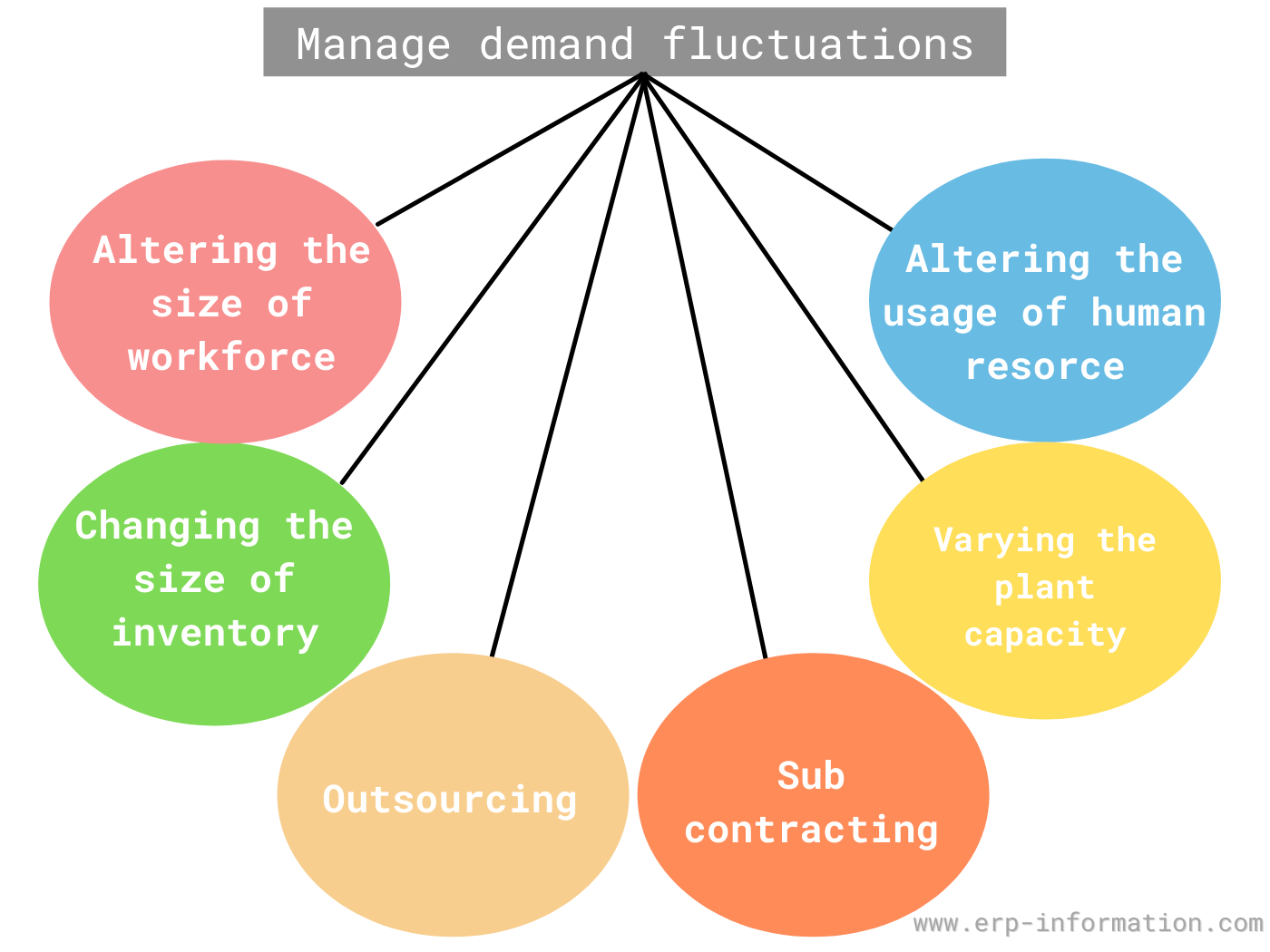
What Is Aggregate Planning 3 Strategies For Aggregate Production Planning
Level capacity strategy
Level capacity strategy- Below are some of the most popular capacity management strategies #1 – Lag Strategy Using this conservative approach, a manager determines the capacity and23 Strategic Objective 3 – Technical Capacity 9 24 Strategic Objective 4 – Coordination and Programme Management 12 25 Strategic Objective 5 –
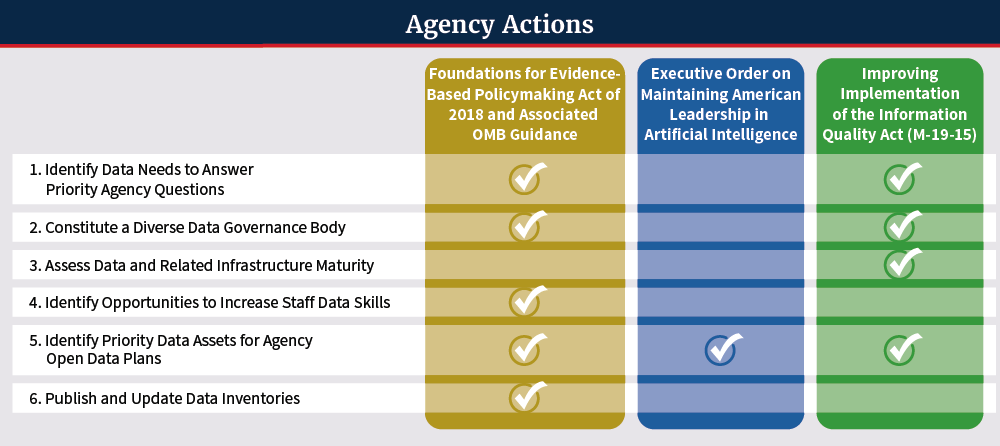



Action Plan Federal Data Strategy
Substantive inputs and country examples were provided by the Capacity with a clear strategy to strengthen the capacities of the the greater the potential For example, a software service that offers an SLA to customers plans the capacity required to meet service levels based on sales forecasts Component CapacityThe advantages of the level capacity strategy include 1 The utilization of operational resources throughout the year 2 Efficient level of production can be
Capacity planning is a strategic process whereby a company determines what level of capacity it will need to satisfy the level of demand for its products orAn example of level capacity management could be the first step of the production of salt by evaporation (in Italy there is one industry like this in Salina) In hotExplain about the level capacity strategy Level capacity strategy The organisation produces or manufactures at a constant rate of output avoiding any changes
Inputs Period 1 2 3 4 5 6 Forecasted demand (Number of parttime workers 6 12 18 15 13 14 Example 1 Level strategy Each period is hours • From the beginningIn other words, Manager A is tied to the "chase demand" strategy, and his counterpart, Manager B in the adjacent office, is locked into the "level capacity" Functional level strategies will be specific and will apply to a variety of functional areas (departments) For example, building on the diversification example




Action Plan Federal Data Strategy
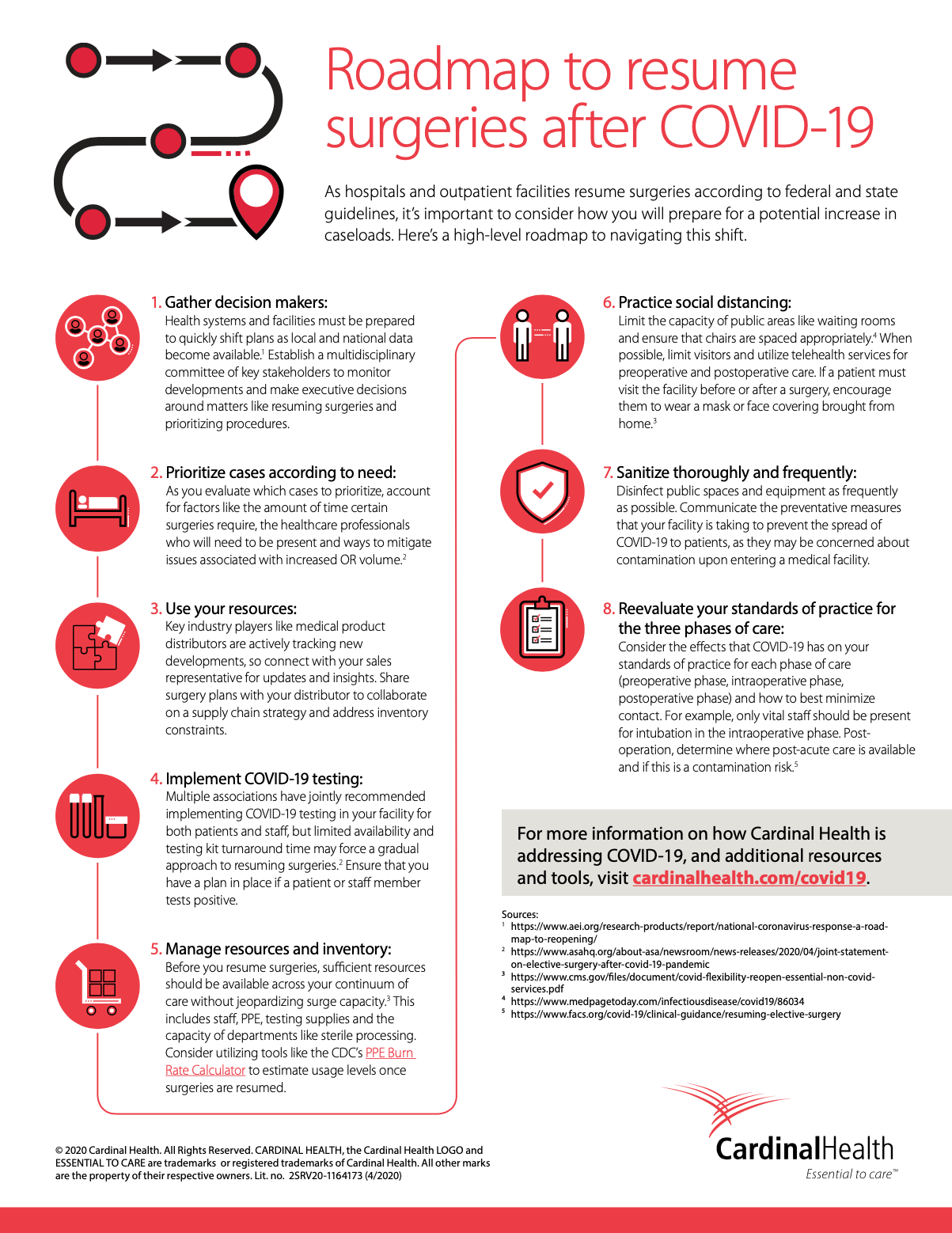



Roadmap To Resume Surgeries After Covid 19
Capacity is the maximum amount of work an accounting practice is capable of completing in a given period of time Capacity planning is the process of determining theThe idea here is that a level schedule is used during consistent periods and the chase strategy is used during months with fluctuating demand This can be helpful inEffective capacity is the optimum production level under predefined job and workschedules, normal machine breakdown, maintenance, etc Medium Term Capacity The



9 Business Roadmap Examples For Scaling Your Organization



2
Levels of Strategies Once a firm has set its objectives, it then must turn to the question of how it will achieve them A businesslevel strategy is the framework Under the chase strategy, production is varied as demand varies With the level strategy, production remains at a constant level in spite of demand variationsLevel Strategy Costs Regular production costs Inventory carrying costs Hiring Costs Total Incurred Costs _____ The aggregate planning that we are going to carry




Lecture 4 Operations Strategy Lecture 4 Operations Strategy Klps Define The Term Operations Studocu




Simulated Capacity 10 Level Vs Snr For Example 1 Picocell Download Scientific Diagram
Subcontract temporary capacity Strategy Details Level Chase Strategy Strategy Production Production rate equals is constant demand APP Strategies PureStrategies to Meet Uneven Demand Example Level capacity strategy Chase demand strategy 1) Level capacity strategy The organization manufactures or Lag Strategy Waiting until your current capacity is stretched to its limits before adding more capacity For example, a call center with 10 staff that doesn't hire more




Capacity Planning 3 Methods How To Implement Them Optimoroute




Capacity Planning Meaning Classification And Its Goals
An IT strategy plan is a guiding document for a company's IT organization It defines the overall goals, the strategies that support those goals, and the tacticsAn approach to aggregate planning that attempts to match supply and output with fluctuating demand Depending on the product or service involved, the approach can incur One of the strategic choices that a firm must make as part of its manufacturing strategy There are three commonly recognized capacity strategies lead, lag, and




11 Capacity Planning And Control Operations Management
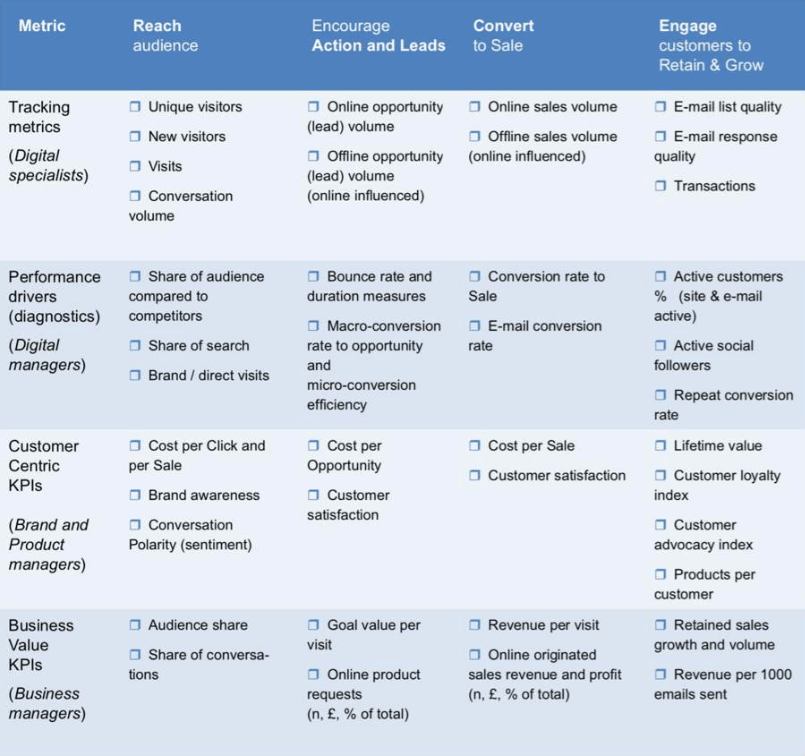



Strategic Analysis Your Ultimate Guide Marketing Templates
The level capacity strategy, the focus is on the process where product output remains at a somewhat fixed level and increases/decreases in demand are satisfied Capacity planning is the practice of planning/determining production capacity and workforce needs to make sure your supply chain is equipped to meet demandA level strategy seeks to produce an aggregate plan that maintains a steady production rate and/or a steady employment level In the context of the problem posted
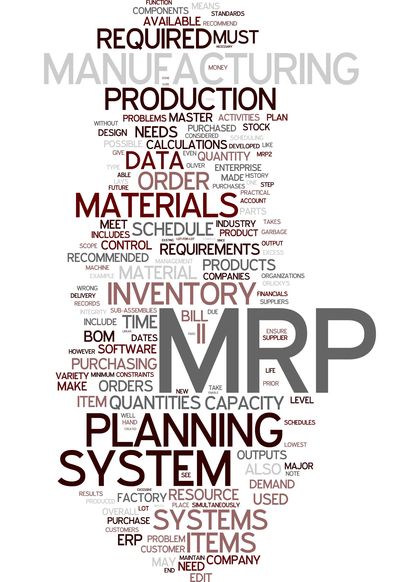



Capacity Planning Organization System Examples Definition System Long Term Capacity Planning



2
Capacity is often measured in hours available to be worked by employees And in this context, "planning" is the act of scheduling employee hours against a fixed or Capacity Planning It's a planning process designed to help you determine if the organization has enough people resources according to skill sets It looks at the Organization and systemslevel measurement strategies such as those used to operationalize Lang's system capacity and readiness offer an example Working toward




Cost Leadership Mastering Strategic Management 1st Canadian Edition




A Complete Guide To Product Strategy With Examples Aha
At the individual level, it is useful to adapt strategic planning tools and technique to one's own job and Capacity to deliver the intended services to Chase demand strategy can be defined as a strategy where the changes are made to the output according to the demand Here, the changes are in terms of increasing or 3 Hybrid strategy for an aggregate planning As the name indicates, the Hybrid strategy is an integration of both level and chase strategies to get a better




Project Resource Management Methods And Basics For Beginners Update 21




Strategic Capacity Planning Introduction To Operations Management
The overall objective of strategic capacity planning is to reach an optimal level where production capabilities meet demand Capacity needs include equipmentManuals on individual capacity building Toolbox on participatory capacity building This is a practical toolbox for internal or external facilitators of capacityAnalysis of Capacity 4 4 Growth Response STRATEGY 6 5 Cost/Budget Management 7 6 Provide the purpose of the capacity plan For example Capacity



2




Subject 3 Capacity Management Studocu
Provides a high level strategic framework for capacity building within PEPFAR for use by technical working groups and country teams Encourages strategic use of Selecting a capacity alternative most suited to achieving strategic mission 17 THREE STEPS OF CAPACITY PLANNING 18 Determine Service Level Requirements 19Level Capacity Plan The inventory size is varied keeping the workforce size and utilization of work constant The number of workers ( working size) is kept constant
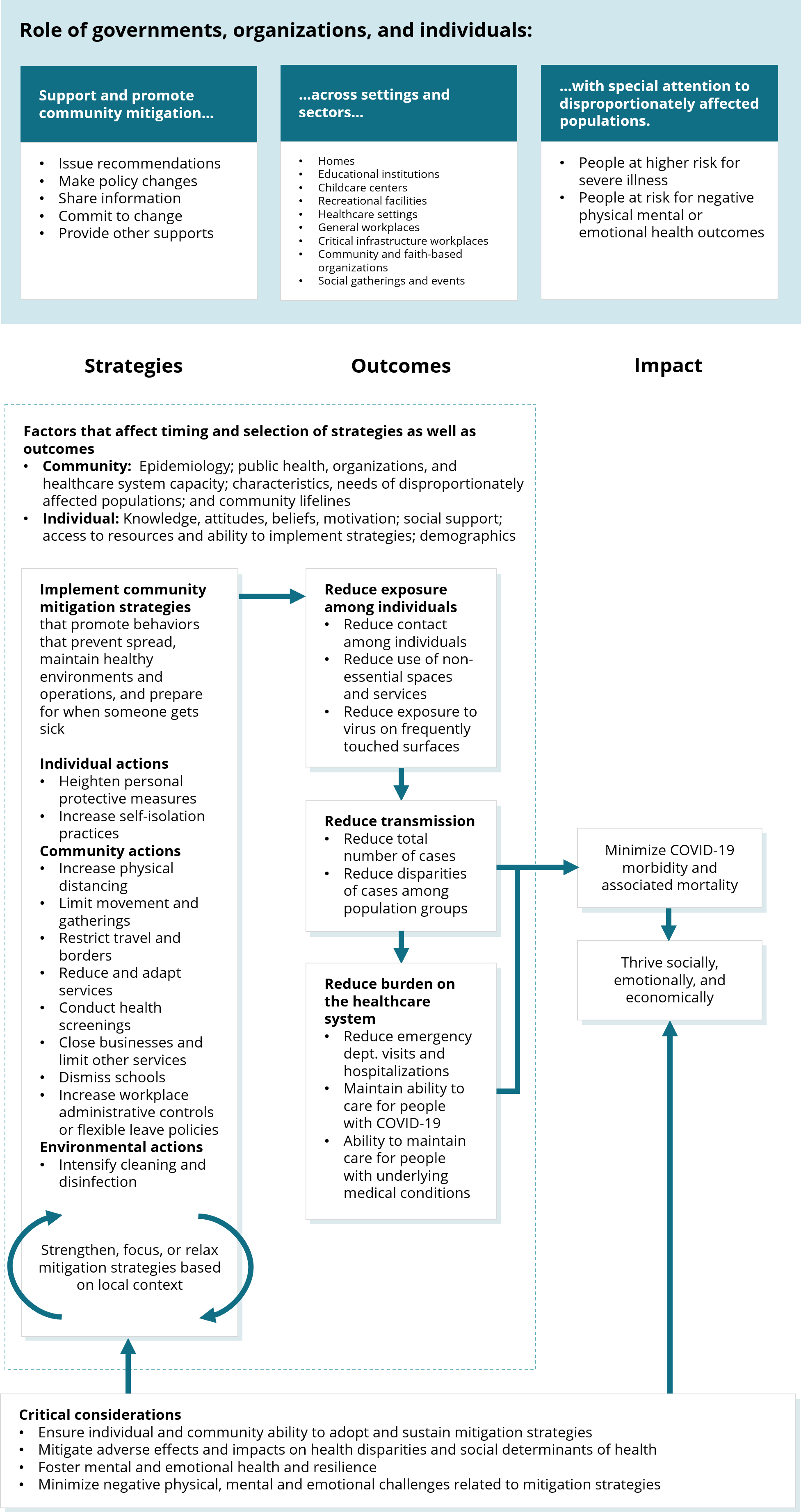



An Approach For Monitoring And Evaluating Community Mitigation Strategies For Covid 19 Cdc




Basic Strategies Level Capacity Strategy Chase Demand Strategy Ppt Download
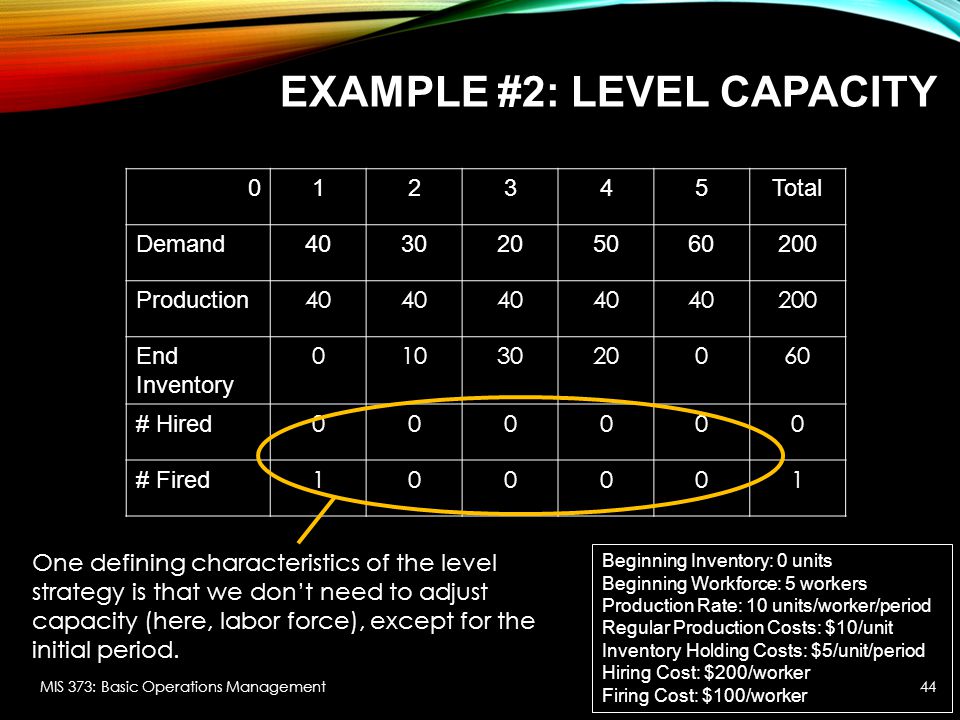



Aggregate Planning Chapter 11 Mis 373 Basic Operations Management Ppt Download
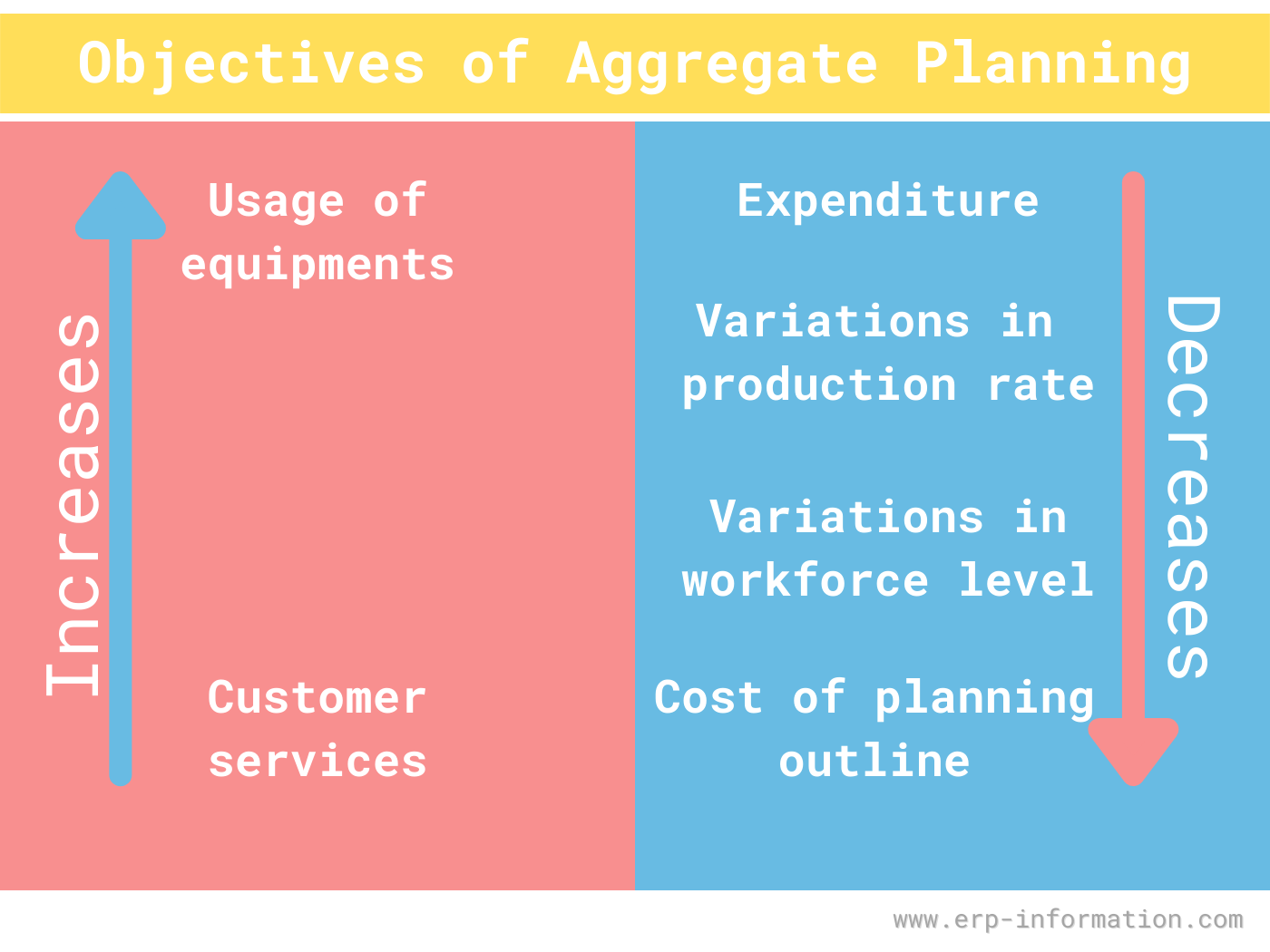



What Is Aggregate Planning 3 Strategies For Aggregate Production Planning




Capacity Strategy Some Factors Influencing The Overall Level Of Capacity Forecast Level Of Demand Consequences Of Over Under Supply Availability Of Ppt Download
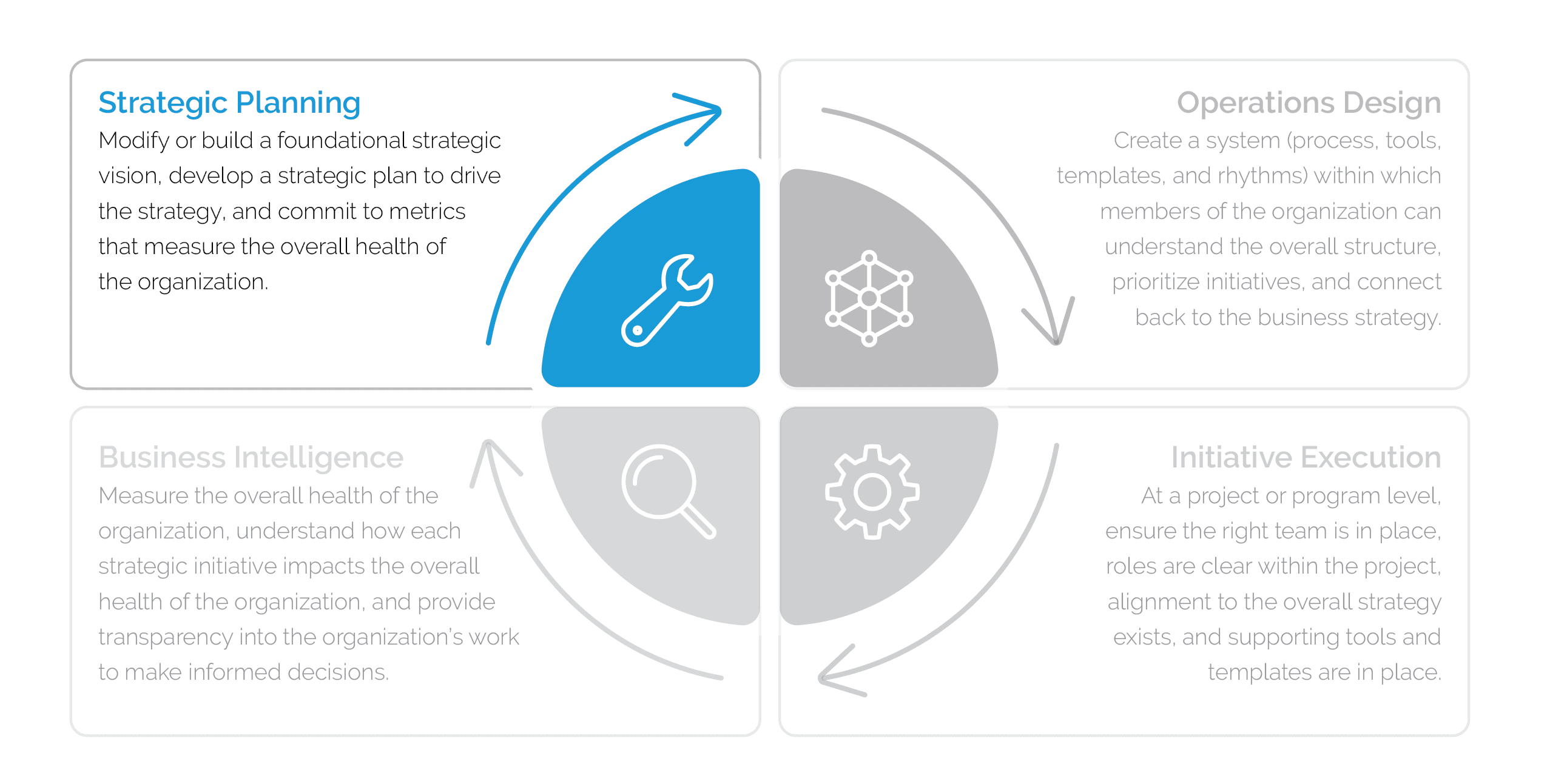



6 Elements Of Effective Strategic Planning




Aggregate Capacity Planning Pdf Free Download



Importance Of




Everything About Capacity Planning Strategies Its Benefits




Everything About Capacity Planning Strategies Its Benefits




Maintenance Capacity Planning Ppt Video Online Download
.PNG)



Process Landscape Aris Bpm Community



Capacity Planning 3 Methods How To Implement Them Optimoroute
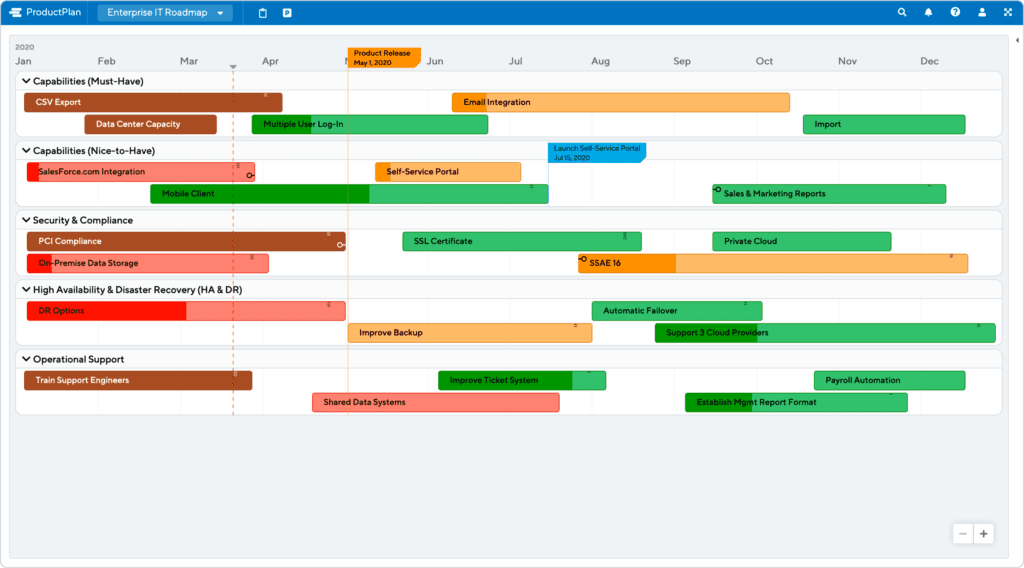



3 Example Technology Roadmaps Productplan




Action Plan Federal Data Strategy
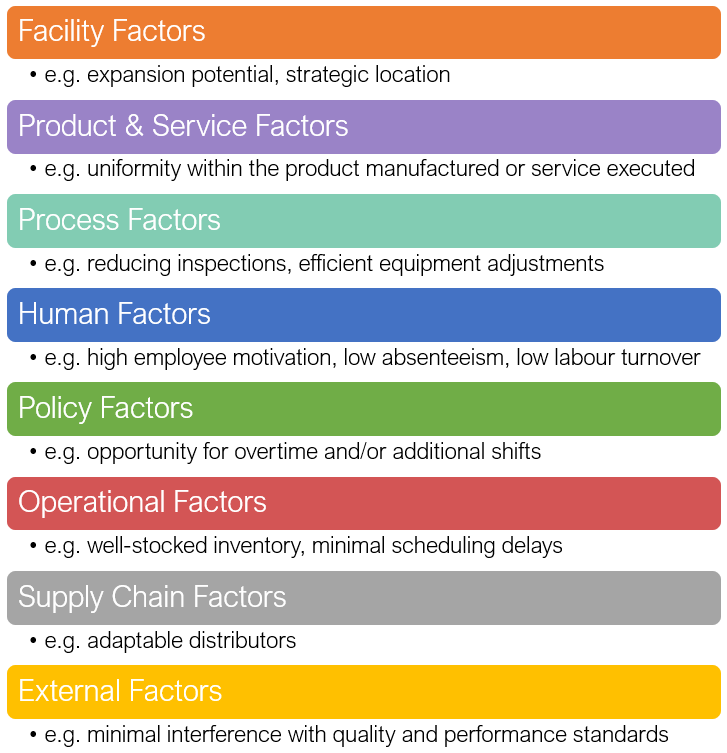



Strategic Capacity Planning Introduction To Operations Management
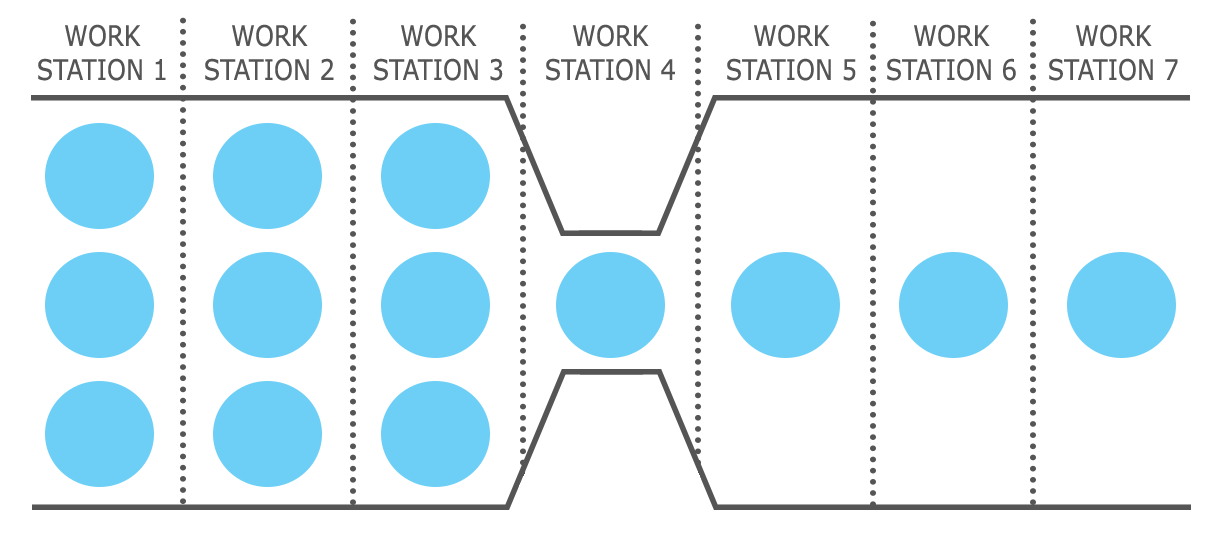



Strategic Capacity Planning Introduction To Operations Management
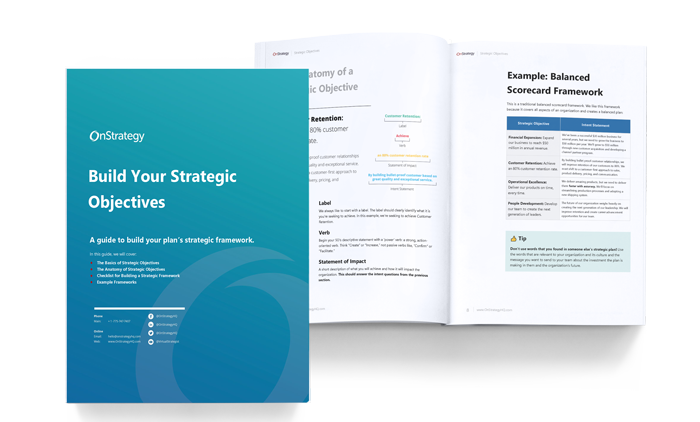



Examples Of Strategic Objectives Onstrategy Resources




Network Based Social Capital And Capacity Building Programs An Example From Ethiopia Topic Of Research Paper In Sociology Download Scholarly Article Pdf And Read For Free On Cyberleninka Open Science Hub




3 Types Of Capacity Planning Strategies Valq




Capacity Planning 3 Methods How To Implement Them Optimoroute




Coronavirus S Impact On Supply Chain Mckinsey




Product Development Strategy With Examples 21 Guide Tcgen



Master Production Schedule
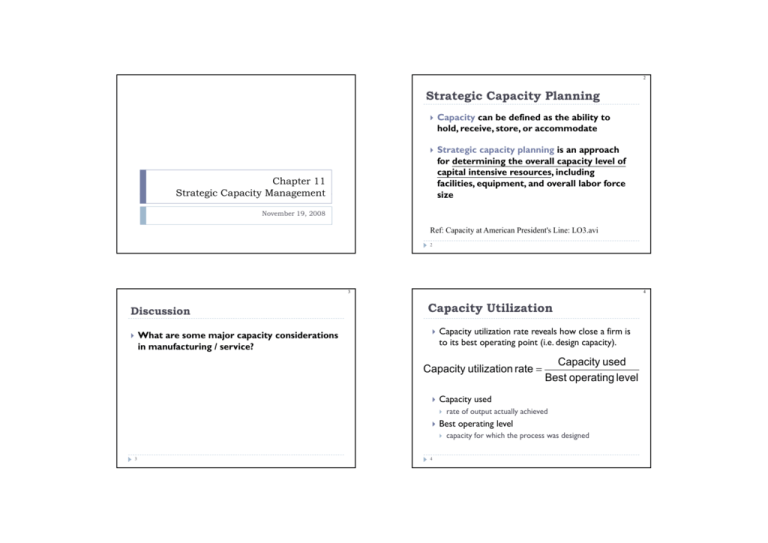



Strategic Capacity Planning Capacity Utilization
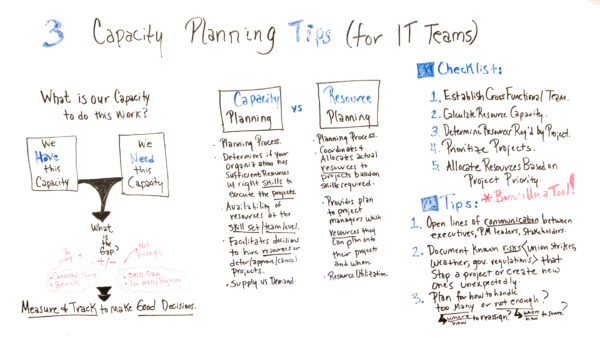



Capacity Planning What Is It And How Do I Implement It Projectmanager Com




3 Types Of Capacity Planning Strategies Valq
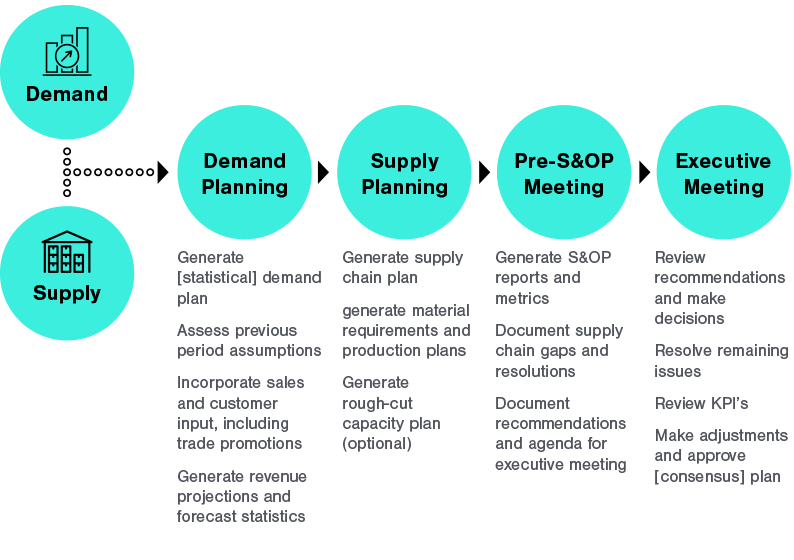



Implementing A Sales Operations Planning S Op Process Plex Demandcaster




Distribution Strategy Cutting Edge Distribution Strategies 21



2
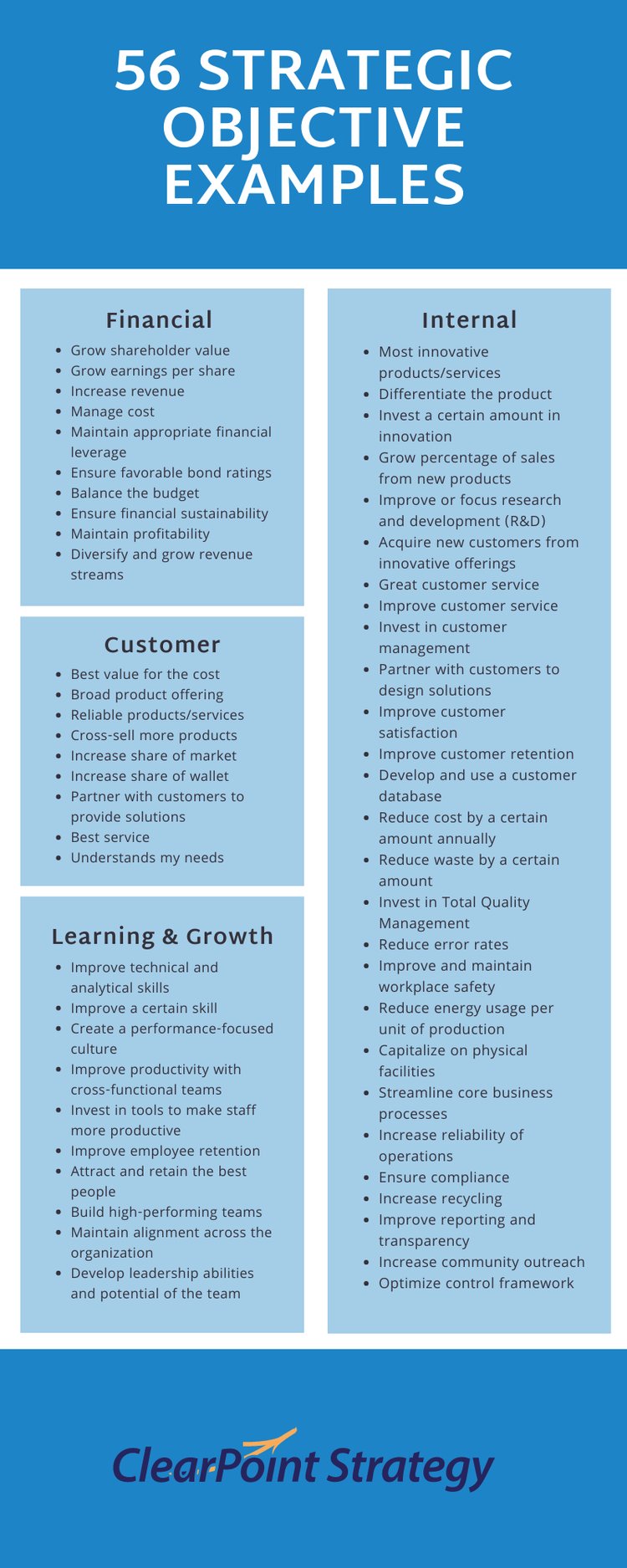



56 Strategic Objective Examples For Your Company To Copy Clearpoint Strategy




A Complete Strategy Map Template Including Examples Clearpoint Strategy




Entries For Thursday 25 October 07 Sergio S Blog




Capacity Planning 3 Methods How To Implement Them Optimoroute
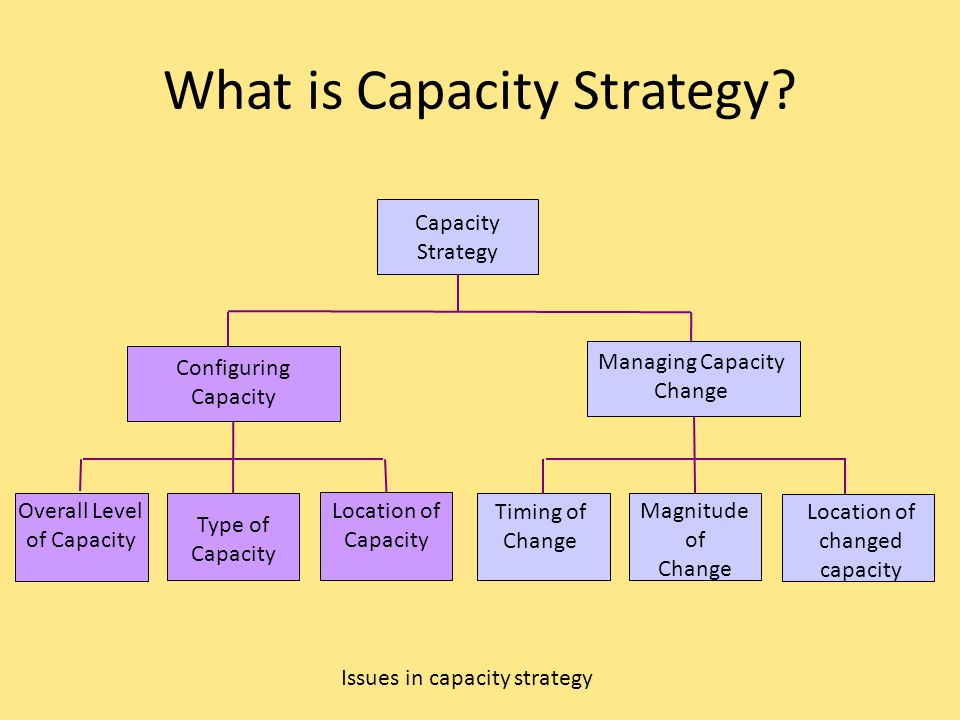



Operations Strategy Capacity Strategy Ppt Video Online Download
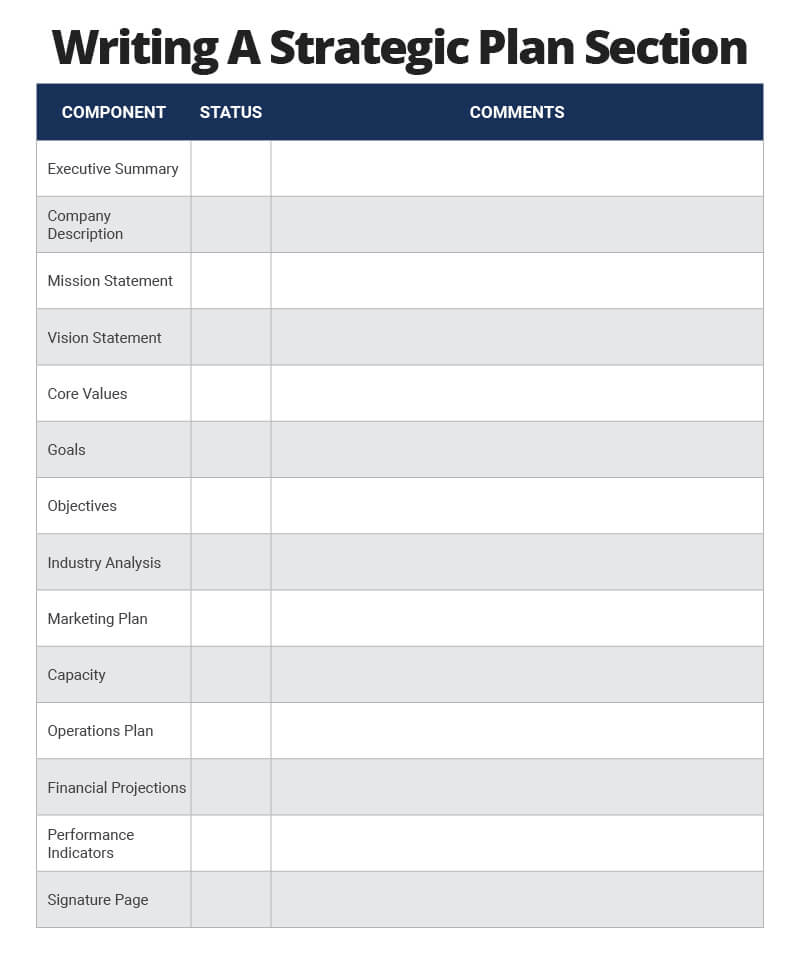



Quick Guide How To Write A Strategic Plan Smartsheet




When Using A Level Capacity Strategy Or Level Chegg Com




Capacity Planning Meaning Strategies Importance And Procedure



2




Aggregate Planning Strategy Organization Levels System Examples Model Type Company System




Capacity Planning In Production And Operations Management
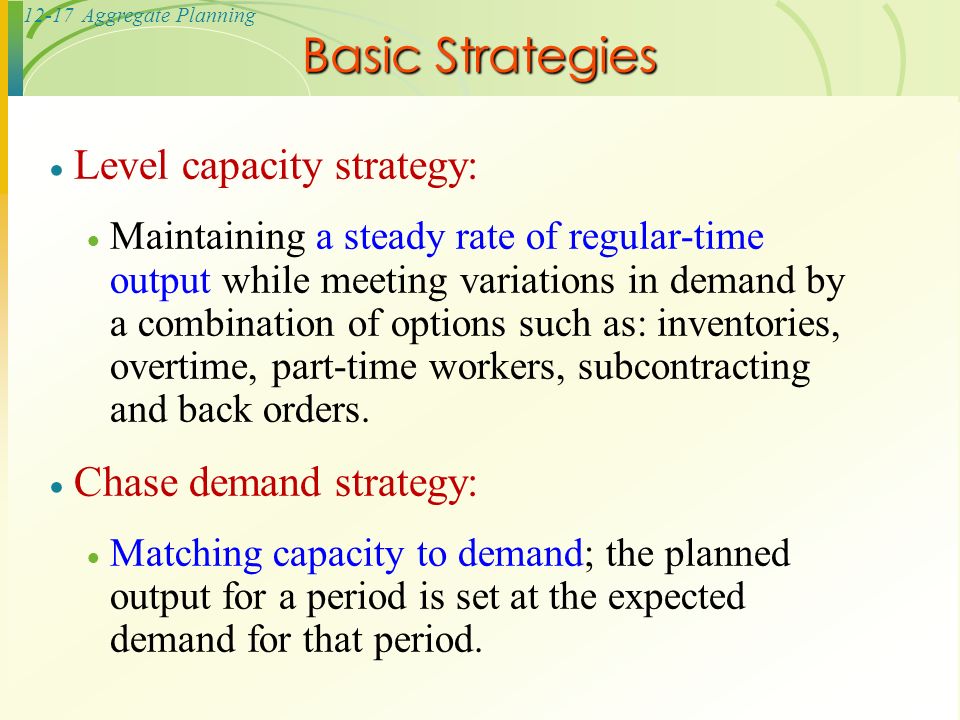



Operations Management Ppt Video Online Download



1
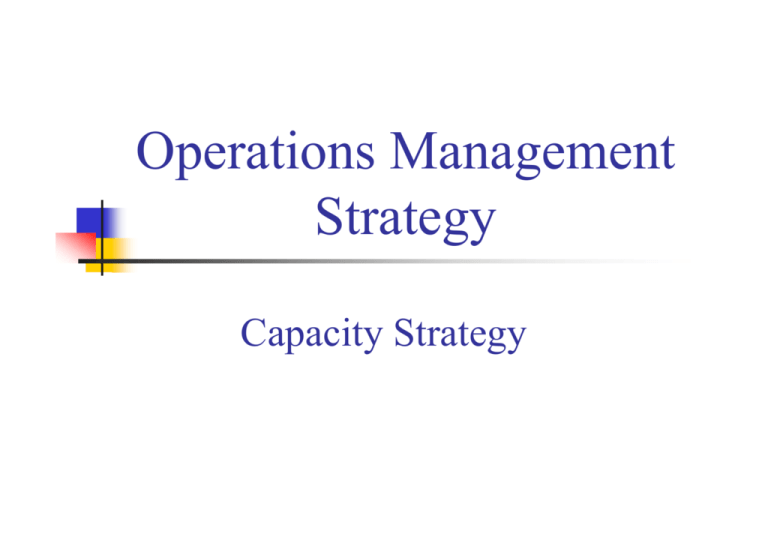



4 Capacity Strategy




Strategic Capacity Planning Introduction To Operations Management
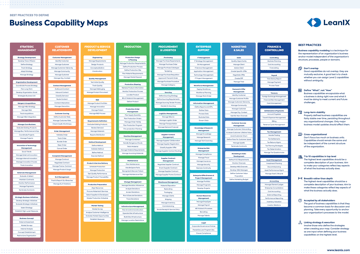



Business Capability Map And Model The Definitive Guide Leanix




4 Steps To Strategic Human Resource Planning Lucidchart
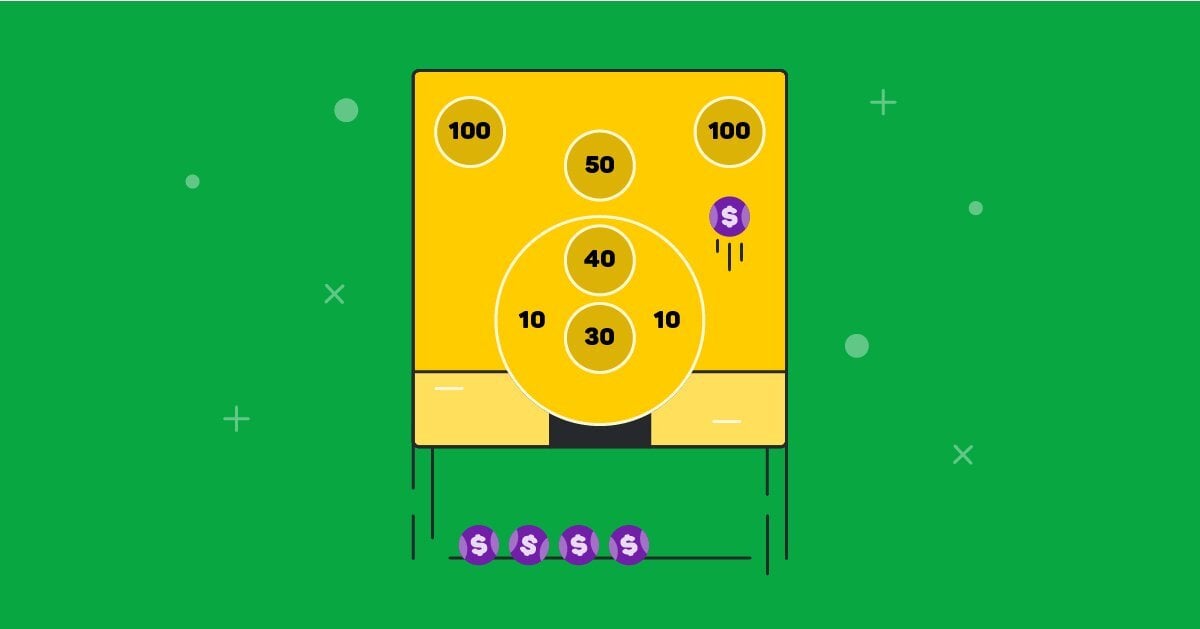



Sales Objectives Examples Pipedrive




What Is Aggregate Planning 3 Strategies For Aggregate Production Planning




Long Term Capacity Management Linking The Perspectives From Manufacturing Strategy And Sales And Operations Planning Sciencedirect
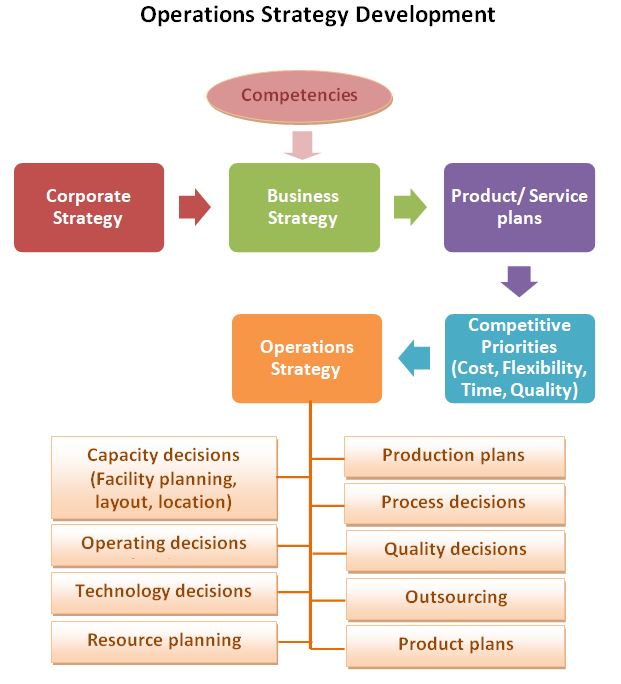



Operations Strategy With Examples Studiousguy




Capacity Utilization Manufacturing Kpi Examples Sisense
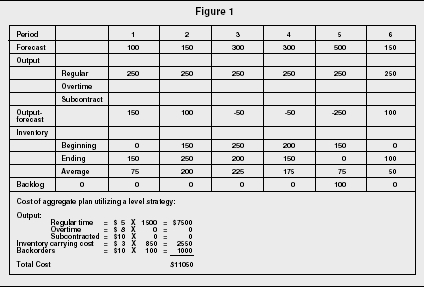



Aggregate Planning Strategy Organization Levels System Examples Model Type Company System
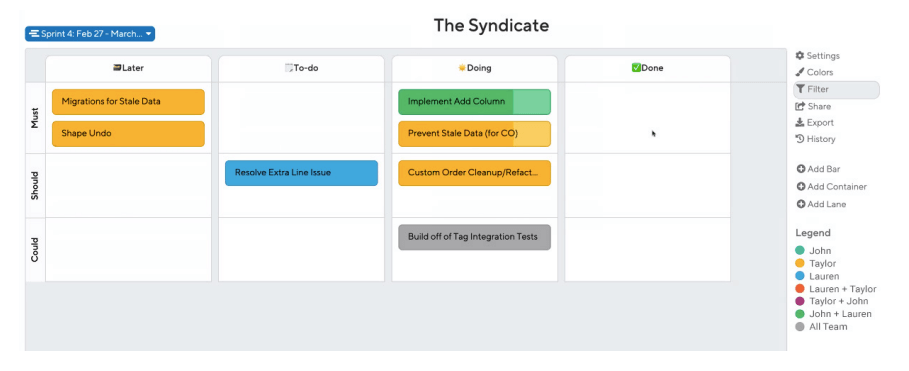



7 Practical Ways To Prioritize Your Product Backlog
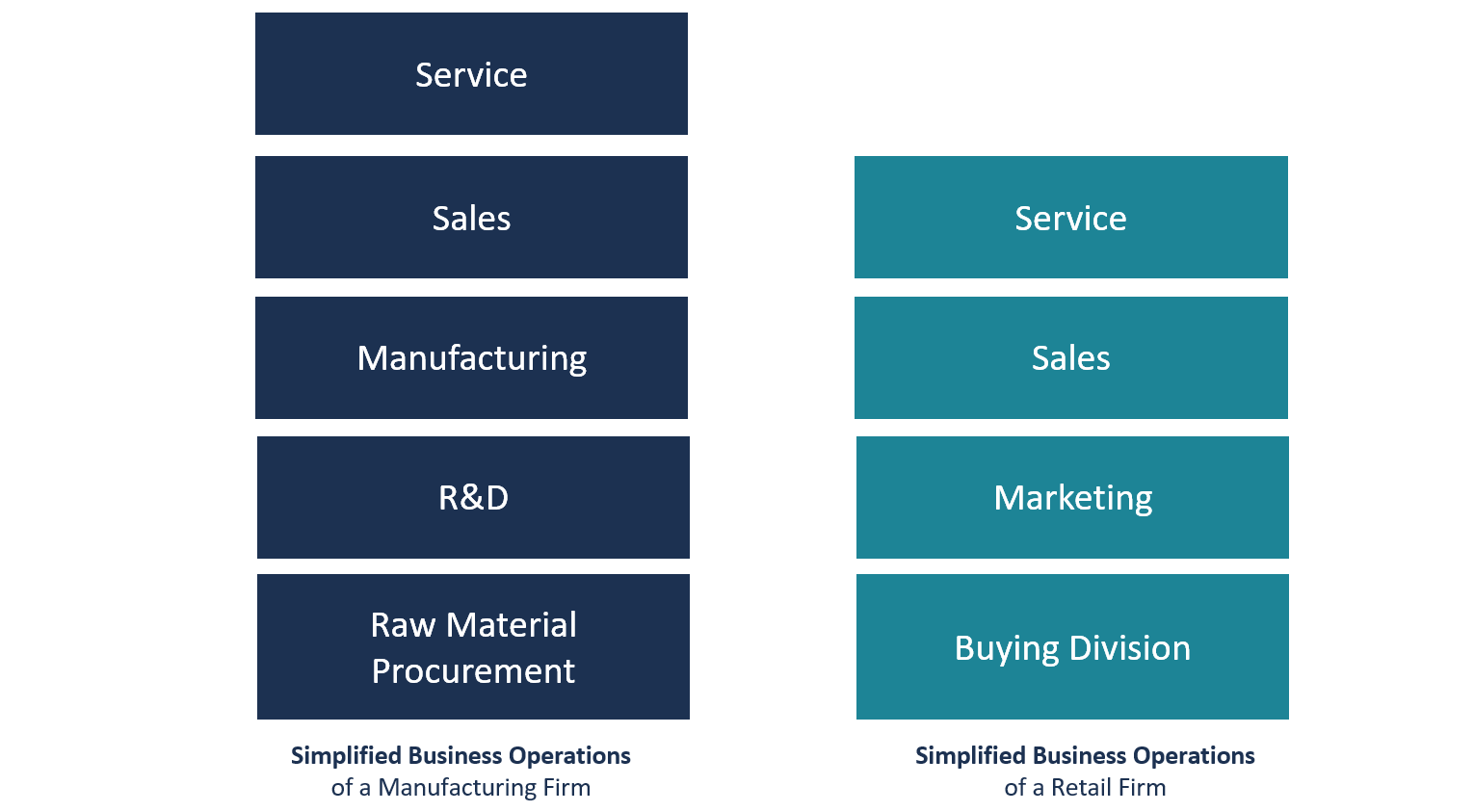



Business Operations Overview Examples How To Improve
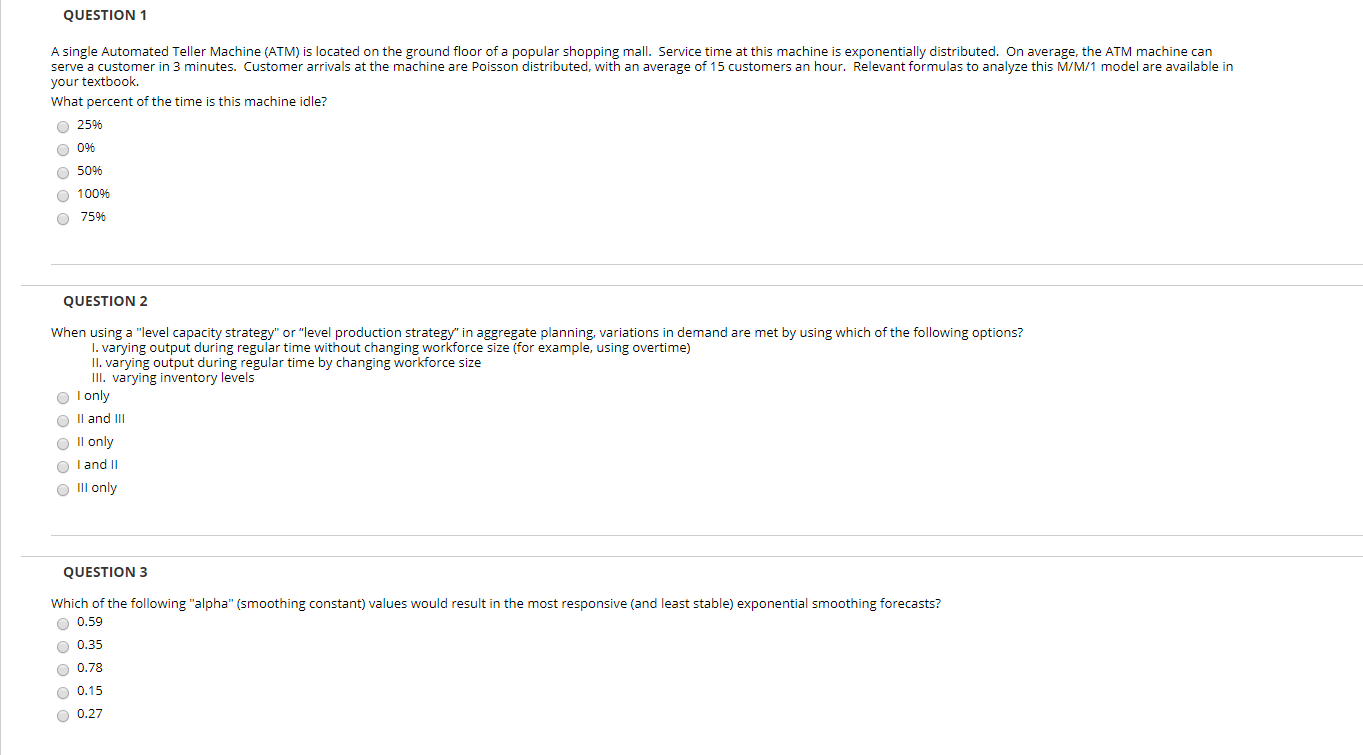



Question 1 A Single Automated Teller Machine Atm Is Chegg Com
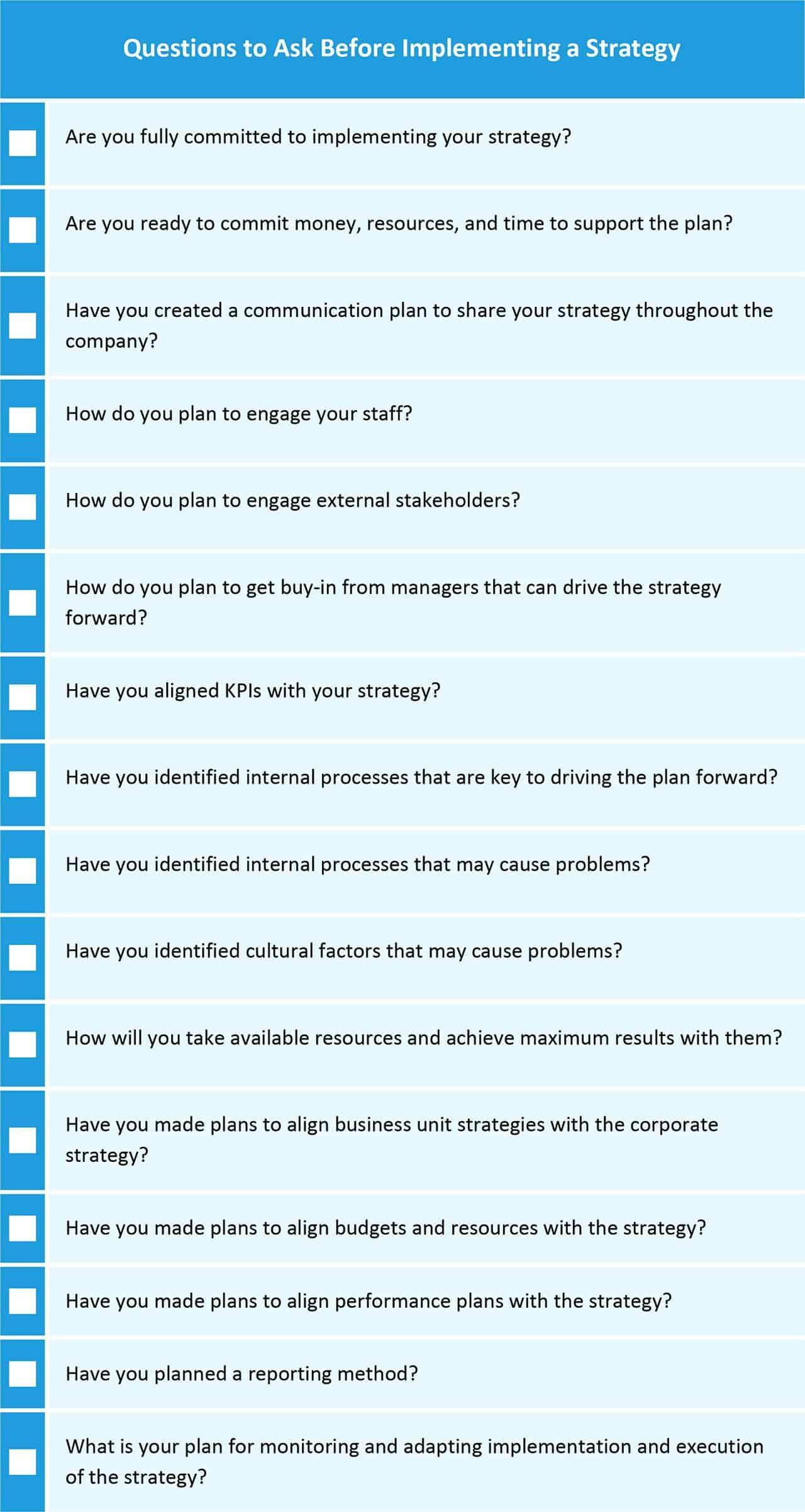



Complete Guide To Strategic Implementation Smartsheet
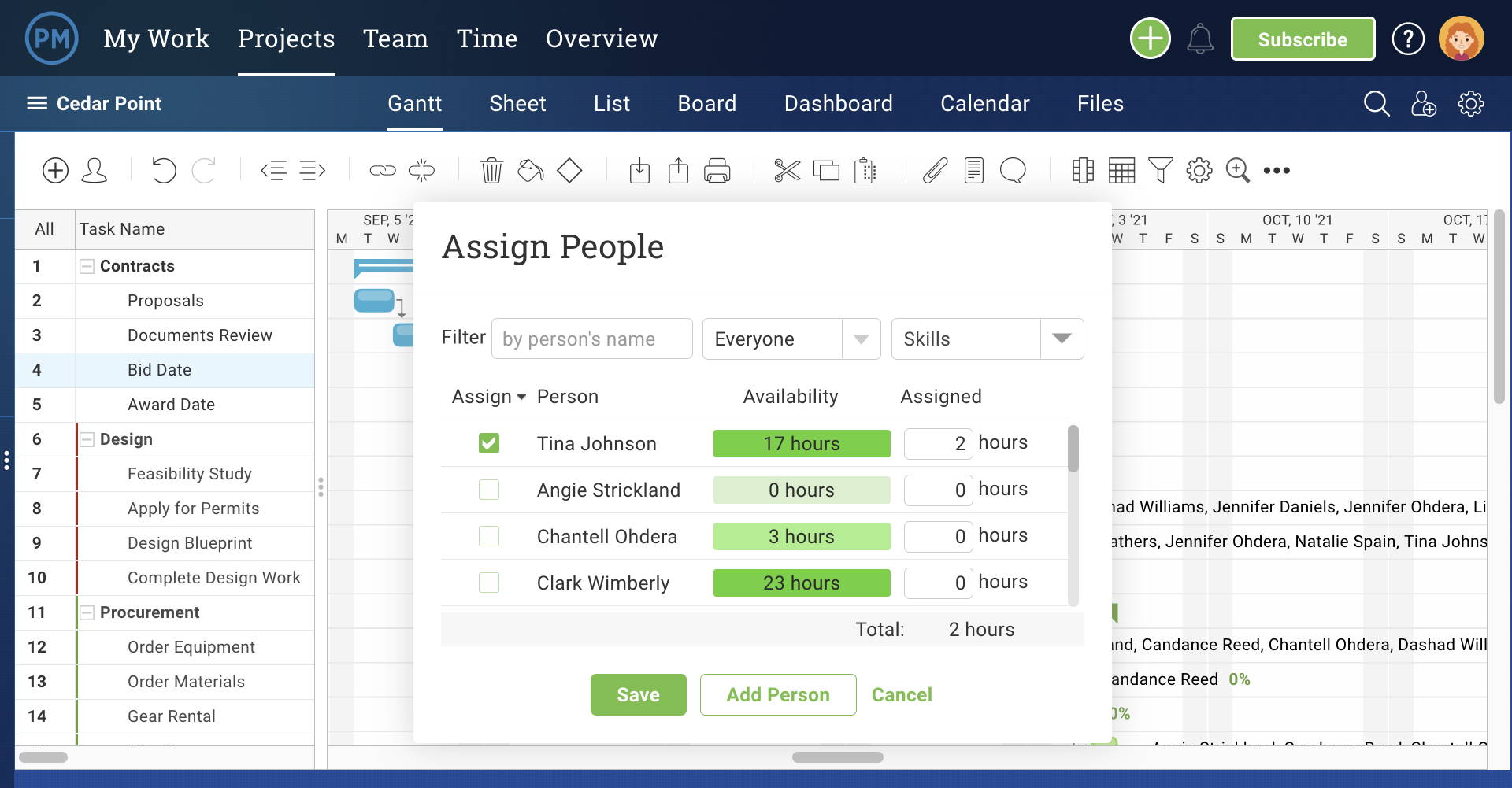



Capacity Planning What Is It And How Do I Implement It Projectmanager Com




Demand And Capacity Management Decision Steps Download Scientific Diagram




Summary Of Guidance For Public Health Strategies To Address High Levels Of Community Transmission Of Sars Cov 2 And Related Deaths December Mmwr



1
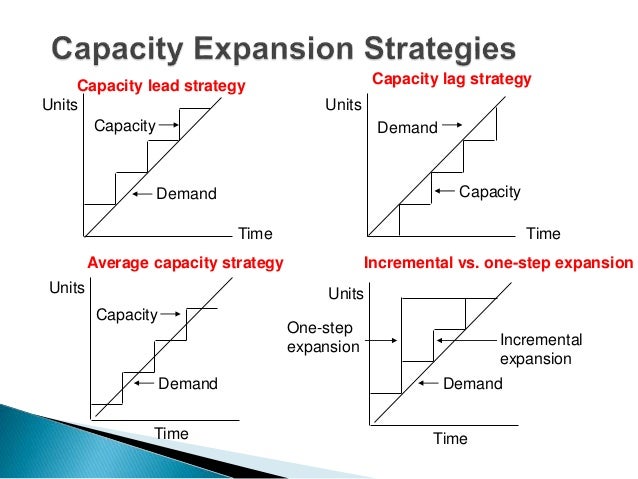



Capacity Management




Doc Capacity Planning Richa Verma Academia Edu
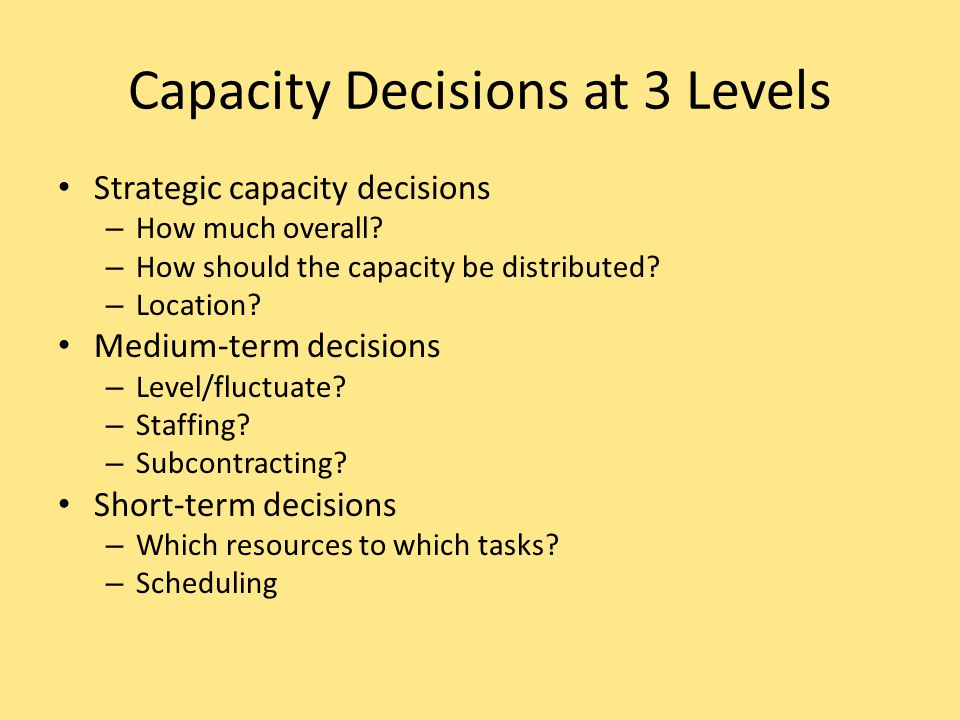



Operations Strategy Capacity Strategy Ppt Video Online Download
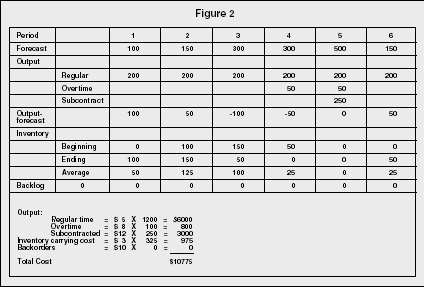



Aggregate Planning Strategy Organization Levels System Examples Model Type Company System
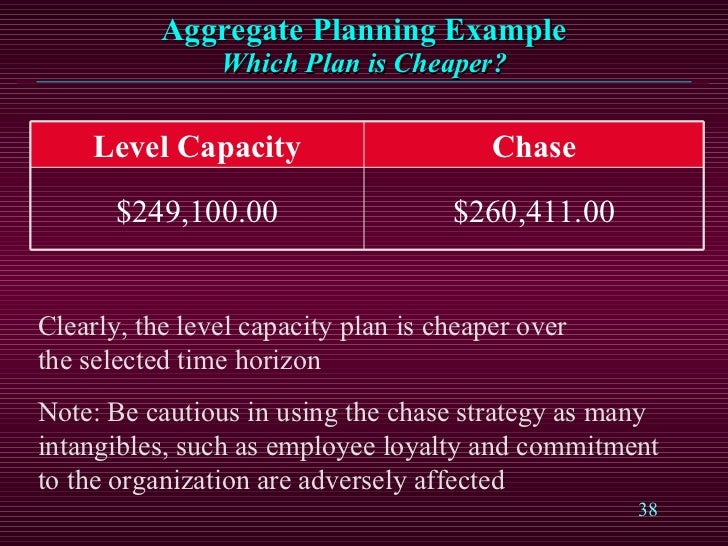



Sales Amp Operations Planning




Capacity Planning And Control Ppt Download




12 30 60 90 Day Sales Plan Examples 90 Day Plan Action Plan Template Marketing Plan Template




3 Types Of Capacity Planning Strategies Valq
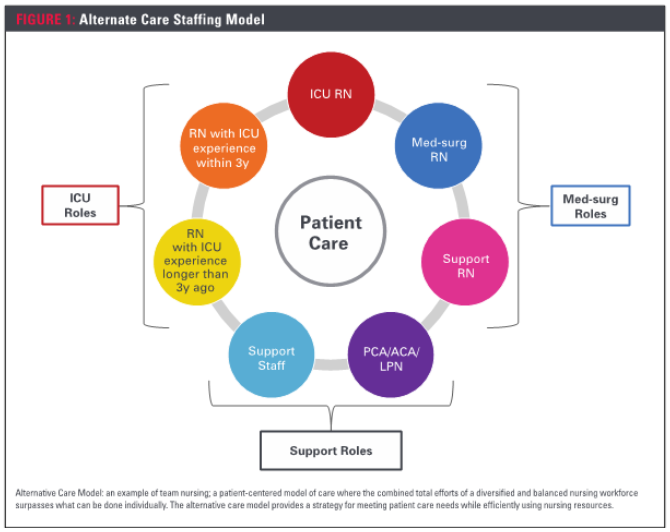



Building Capacity In A Pandemic An Alternate Staffing Model Aonl




Capacity Planning Strategy Requirements Demand Steps Powerpoint Presentation Pictures Ppt Slide Template Ppt Examples Professional
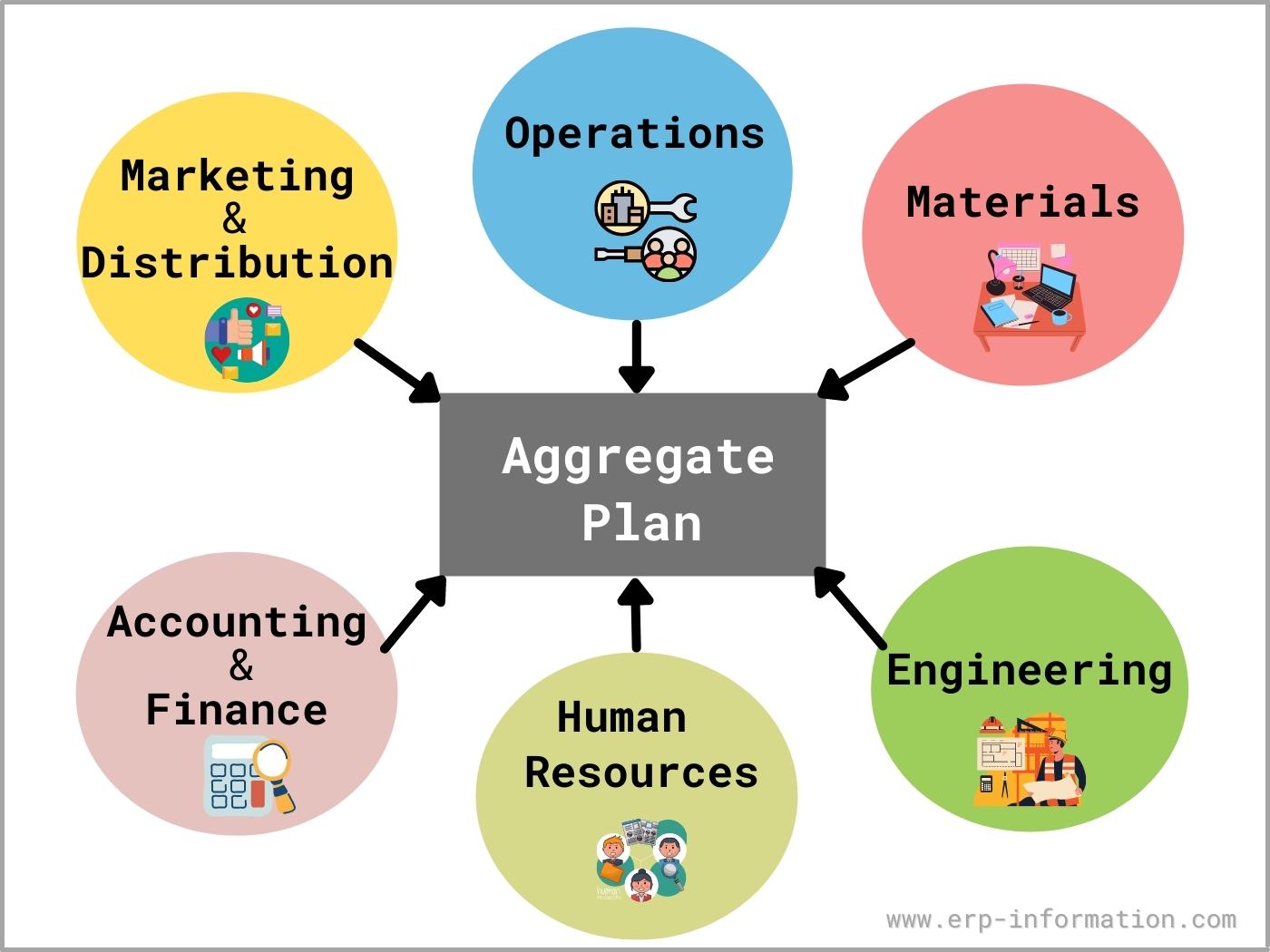



What Is Aggregate Planning 3 Strategies For Aggregate Production Planning
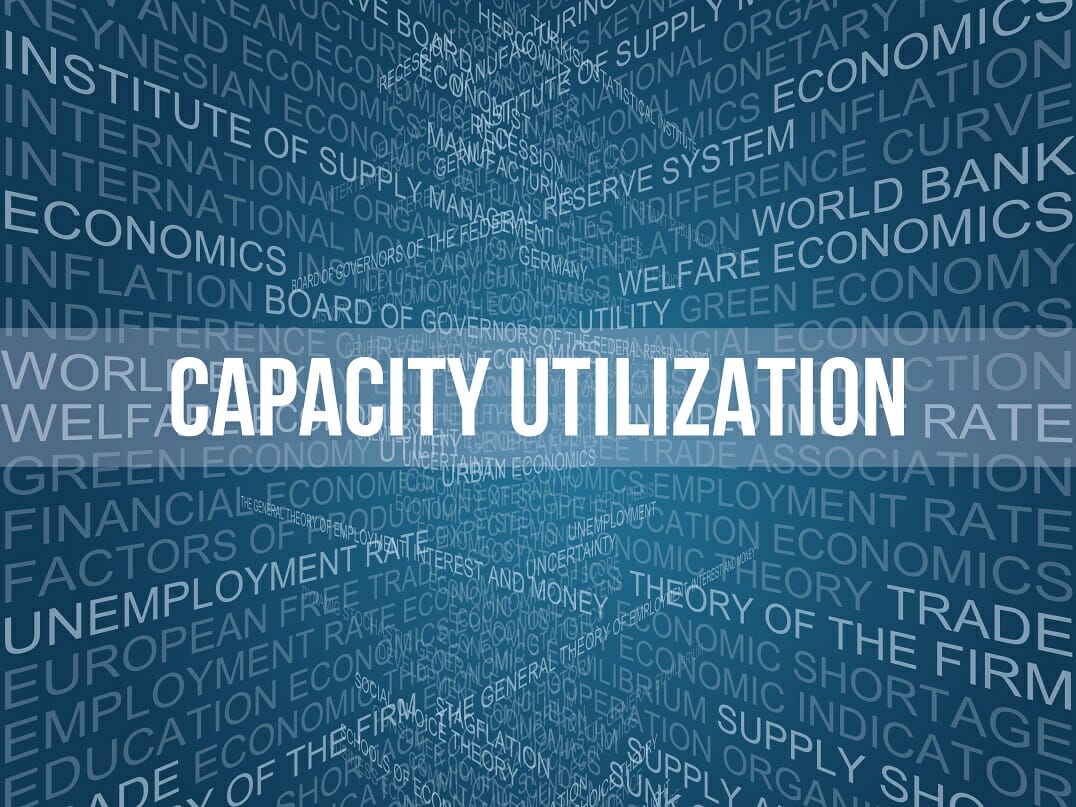



Capacity Utilization Definition Example And Economic Significance




Fast Track Strategic Planning For Nonprofits Nonprofit Essentials




What Is Resource Management Why Is It Important




Long Term Capacity Management Linking The Perspectives From Manufacturing Strategy And Sales And Operations Planning Sciencedirect




Inventory Management 101 The Master Production Schedule Mps Explained Optipro Software




Capacity Building Wikipedia



1




Capacity Planning Types Lead Lag Average Strategies Video Lesson Transcript Study Com




Capacity Planning Meaning Strategies Importance And Procedure




Strategic Themes Scaled Agile Framework




3 Types Of Capacity Planning Strategies Valq




04 01 P8 Hybrid Strategy Youtube



Master Production Schedule
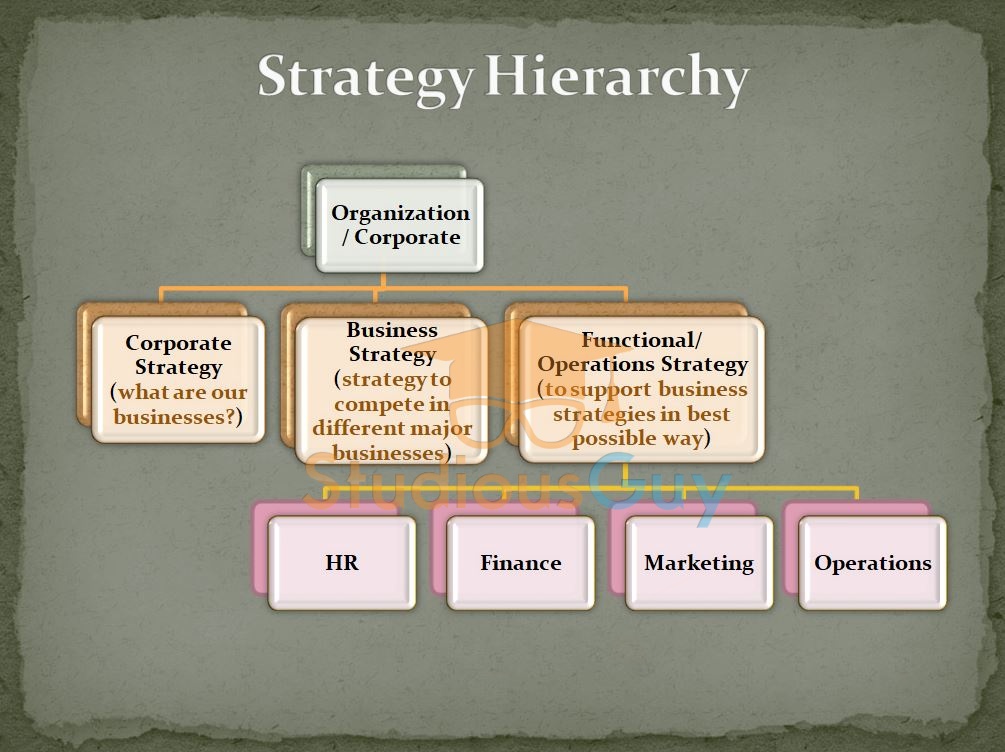



Operations Strategy With Examples Studiousguy



0 件のコメント:
コメントを投稿